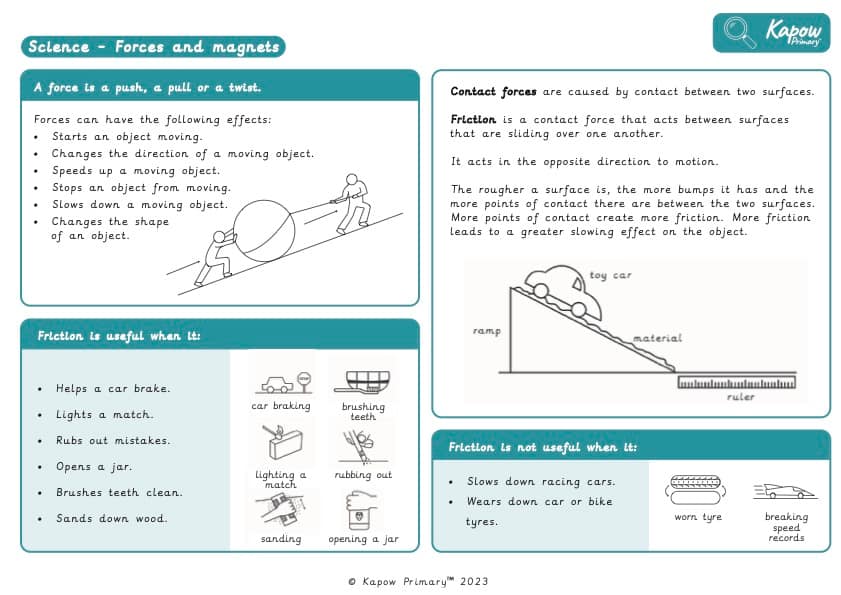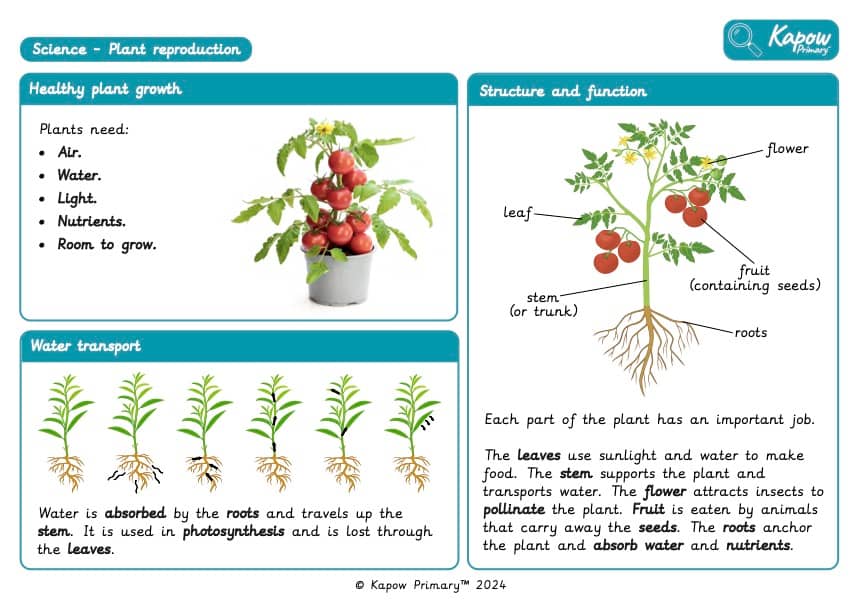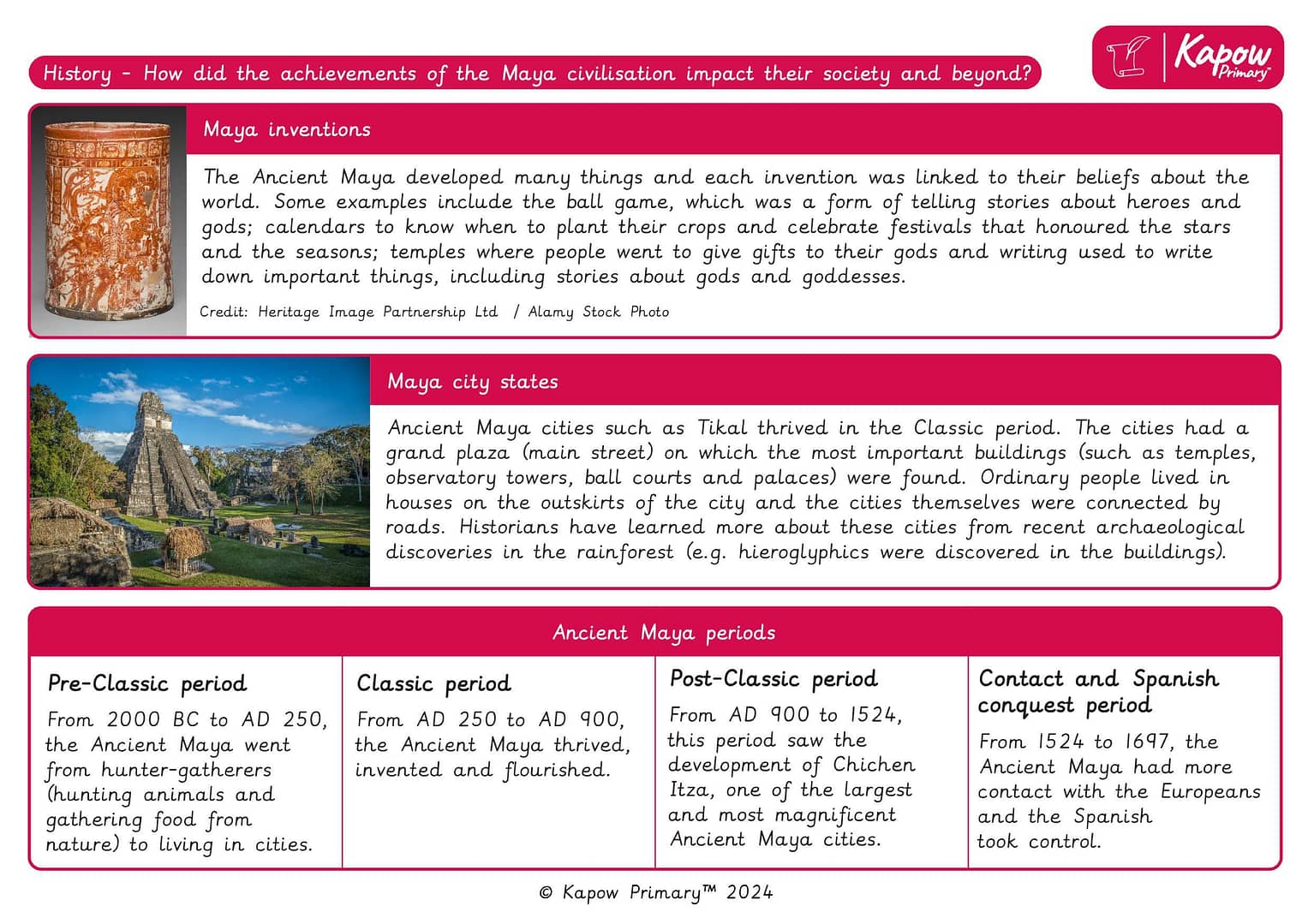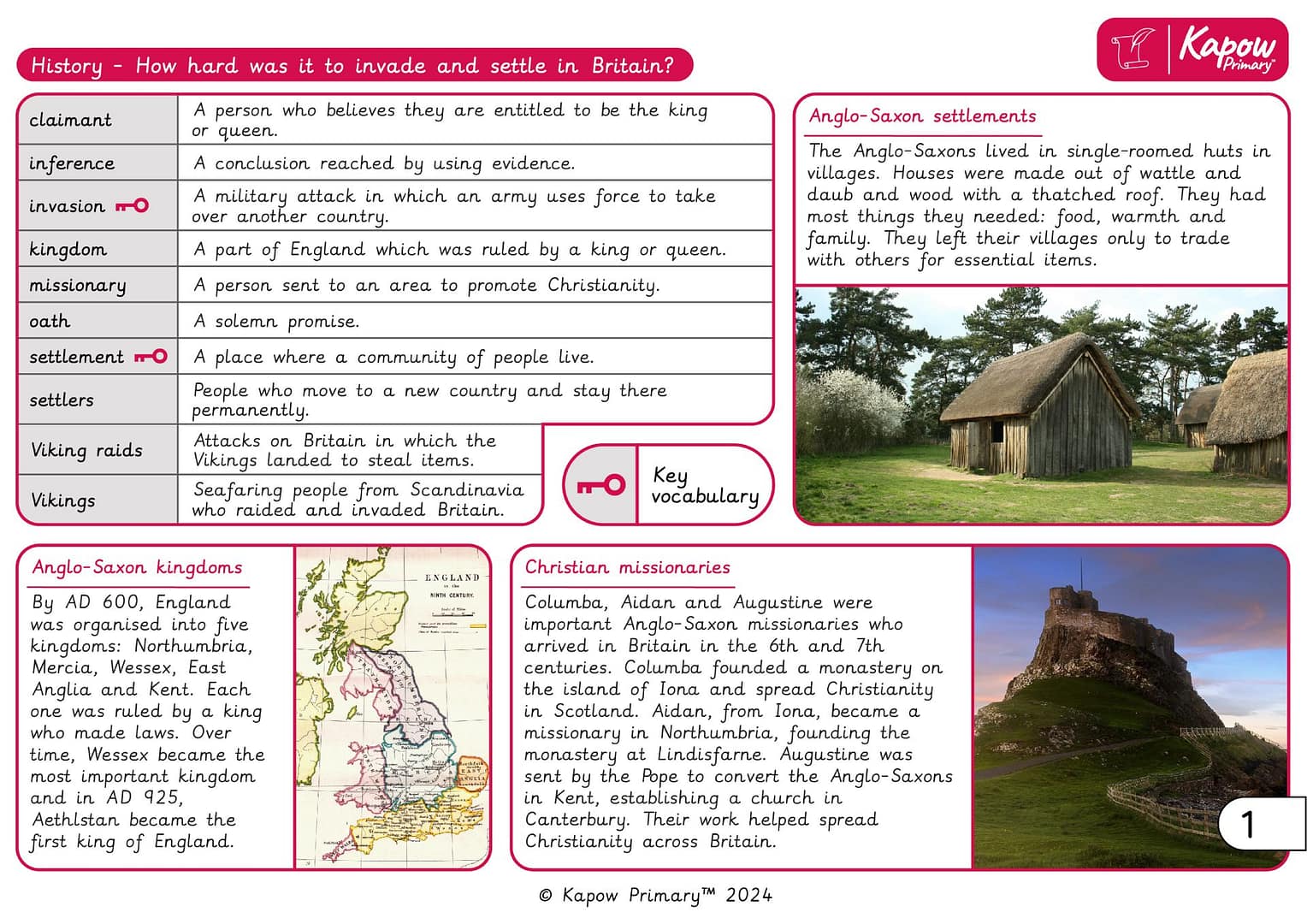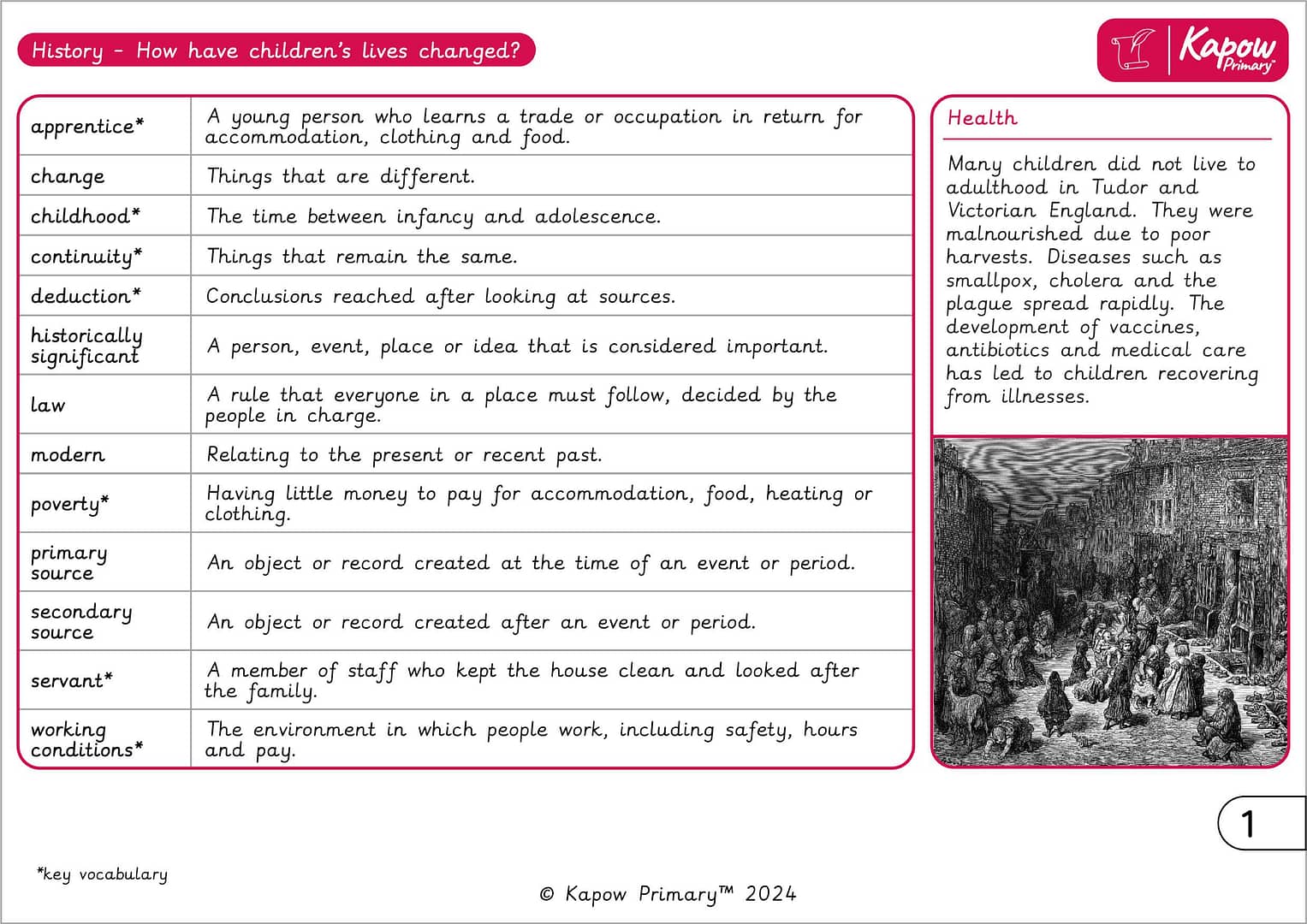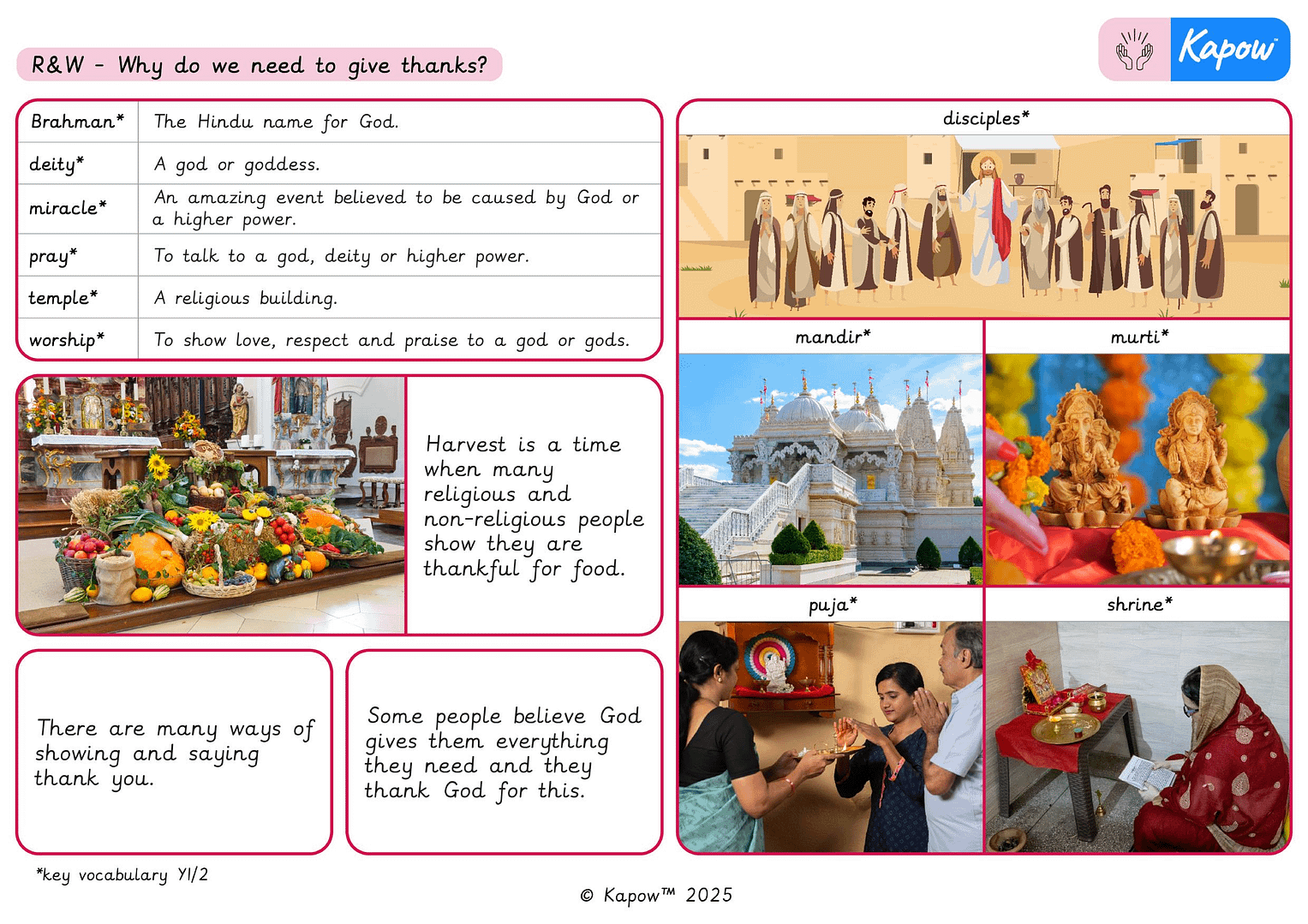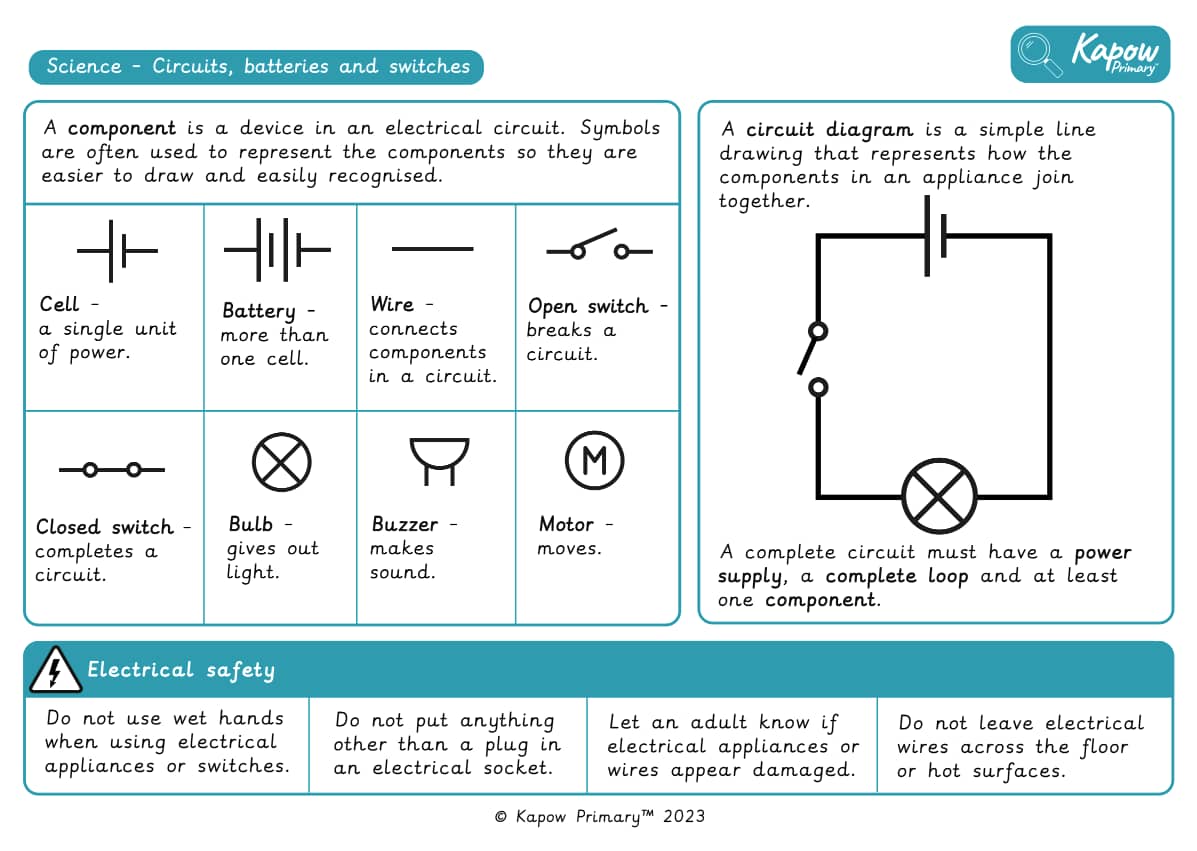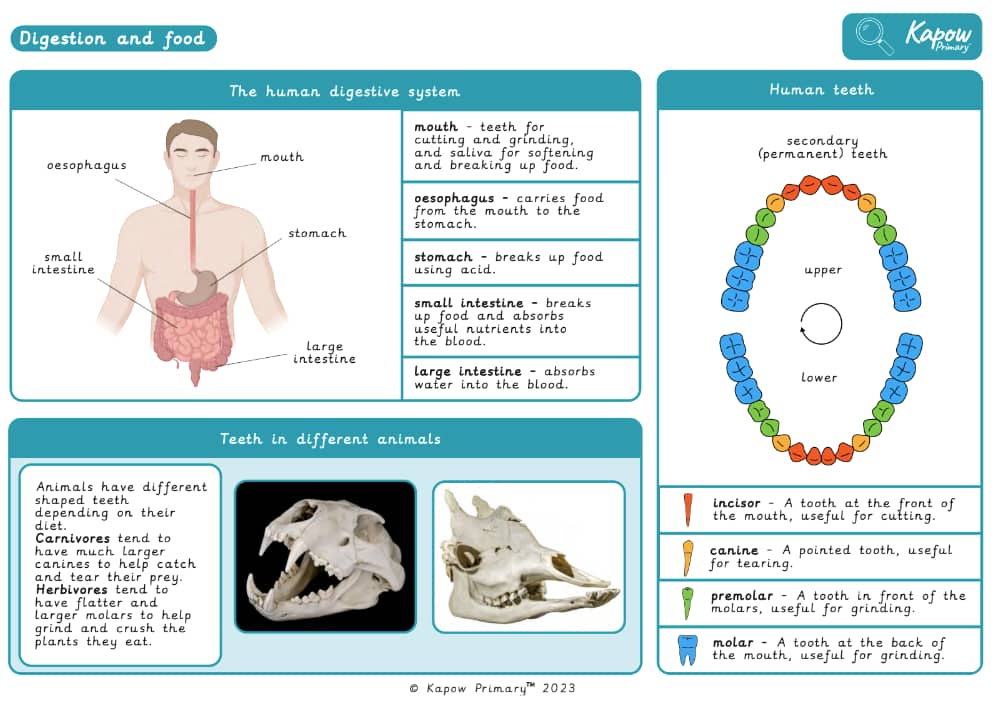Featured Document Type: Knowledge organiser
Knowledge organiser – Science Y3/4 (B): Plants: Plant reproduction
Knowledge organiser – History Y3/4 (B): How did the achievements of the ancient Maya impact their society and beyond?
A Knowledge organiser that captures the essential knowledge and skills learnt throughout the unit History, Y3/4 (B), How did the achievements of the Maya civilisation impact their society and beyond?
This History resource is designed to support children as they explore the achievements and influence of the ancient Maya. It highlights key aspects such as their city-states, writing system, calendar, religious rituals and inventions. It also examines how the Maya adapted to life in the rainforest and how their civilisation changed over time. It is useful for consolidating essential knowledge and fostering an understanding of how the Maya shaped their society and beyond.
Knowledge organiser – History Y3/4 (A): How hard was it to invade and settle in Britain?
A Knowledge organiser that captures the essential knowledge and skills learnt throughout the unit History, Y3/4 (A), How hard was it to invade and settle in Britain?
This History resource is designed to support children as they explore the challenges faced by different groups invading and settling in Britain. It highlights key events and figures, including the Anglo-Saxon and Viking invasions, the establishment of kingdoms and the role of Christian missionaries. It is perfect for consolidating essential knowledge and fostering an understanding of how Britain’s history was shaped by migration and conflict.
Knowledge organiser – History Y3/4 (B): How have children’s lives changed?
A Knowledge organiser that captures the essential knowledge and skills learnt throughout the mixed-age unit History, Y3/4 (B), How have children’s lives changed?
This History resource is designed to support children as they explore how childhood has evolved over time. It highlights key aspects such as health, education, work and leisure, from the Tudor and Victorian periods to the present day. It includes significant figures like Lord Shaftesbury and examines the impact of laws and social change. It is perfect for consolidating essential knowledge and fostering an understanding of how children’s lives have improved over time.
Knowledge organiser – History Y3/4 (A): Would you prefer to have lived in the Stone Age, Bronze Age or Iron Age?
A Knowledge Organiser that captures the essential knowledge and skills learnt throughout the mixed-age unit History, Year 3/4 (A), Would you prefer to have lived in the Stone Age, Bronze Age or Iron Age?
This resource is designed to support pupils as they explore the evolution of human life from hunter-gatherer societies to more complex communities during the Stone Age, Bronze Age and Iron Age. It introduces key historical vocabulary such as “barter”, “settlement”, and “archaeology”, and explains the development of trade and use of metal. It is perfect for consolidating essential knowledge and fostering an understanding of how early humans adapted to their environments.
Knowledge organiser: Y1/2 (A): Why do we need to give thanks?
A Knowledge organiser that captures the essential knowledge and skills learnt throughout the unit Religion and worldviews, Year 1/2 (A), Why do we need to give thanks?
This resource is designed to help pupils explore the importance of gratitude across religious and non-religious contexts, particularly through the lens of harvest celebrations. It introduces key terms such as Brahman, deity, miracle, worship, and temple, with visual references to Hindu practices like puja, murti, and mandir. The organiser encourages understanding of why and how people express thanks, including the belief in a god who provides for needs. Perfect for consolidating key terms and encouraging cross-cultural understanding.
Knowledge organiser – Science Y5/6 (B): Energy: Circuits, batteries and switches
Knowledge organiser – Science Y3/4 (A): Animals, including humans: Digestion and food
A Knowledge organiser that captures the essential knowledge and skills learnt throughout the mixed-age unit Science, Y3/4 (A), Animals, including humans: Digestion and food.
This resource is designed to support children as they explore digestion and food. It highlights key vocabulary and concepts, including the human digestive system, the role of different types of teeth and how food is broken down and absorbed. The resource also examines how animals’ teeth are adapted to their diets and introduces food chains, showing how energy is transferred between living things. It is perfect for consolidating essential knowledge and fostering an understanding of how digestion, teeth and food chains are connected in the natural world.

